Joseph Cornell (1903 – 1972)
Get a Cornell Certificate of Authenticity for your painting or a COA for your Boucher drawing or print.
For all your Cornell artworks you need a Certificate of Authenticity in order to sell, to insure or to donate for a tax deduction.
How to get a Cornell Certificate of Authenticity is easy. Just send us photos and dimensions and tell us what you know about the origin or history of your Cornell painting, drawing or print.
If you want to sell your Cornell painting, drawing or print use our selling services. We offer Cornell selling help, selling advice, private treaty sales and full brokerage.
We have been authenticating Cornell and issuing certificates of authenticity since 2002. We are recognized Cornell experts and Cornell certified appraisers. We issue COAs and appraisals for all Cornell artworks.
Our Cornell paintings, drawings and print authentications are accepted and respected worlwide.
Each COA is backed by in-depth research and analysis authentication reports.
The Cornell certificates of authenticity we issue are based on solid, reliable and fully referenced art investigations, authentication research, analytical work and forensic studies.
We are available to examine your Cornell painting, drawing or print anywhere in the world.
You will generally receive your certificates of authenticity and authentication report within two weeks. Some complicated cases with difficult to research Cornell paintings or drawings take longer.
Our clients include Cornell collectors, investors, tax authorities, insurance adjusters, appraisers, valuers, auctioneers, Federal agencies and many law firms.
We perform Joseph Cornell art authentication, appraisal, certificates of authenticity (COA), analysis, research, scientific tests, full art authentications. We will help you sell your Joseph Cornell or we will sell it for you.

ca. 1937–38 Box construction, 16 1/16 x 8 3/4 x 6 11/16 inches (40.8 x 22.2 x 17 cm).
The Solomon R. Guggenheim Foundation, Peggy Guggenheim Collection, Venice
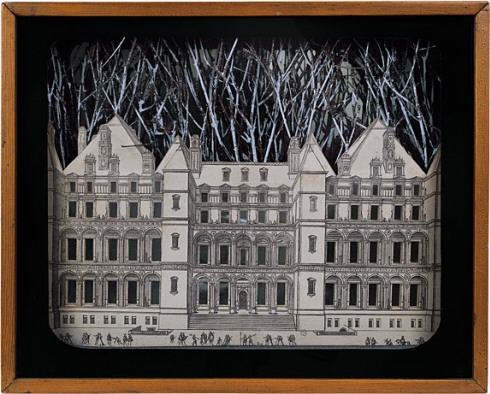
1942 Box construction, 11 9/16 x 14 3/8 x 3 7/8 inches (29.4 x 36.6 x 9.9 cm)
The Solomon R. Guggenheim Foundation, Peggy Guggenheim Collection, Venice

1954 Box construction, 18 5/16 x 12 15/16 x 3 7/8 inches (46.5 x 33 x 9.8 cm)
Solomon R. Guggenheim Museum, New York
Joseph Cornell was an American artist, known for making Surrealist inspired assemblages that fit into boxes. Cornell was born in Nyack, New York to a family of dour children. When Cornell’s father died the family was forced to move to Queens, New York. Cornell left home for a short while to study at Phillips Academy in Andover, Massachusetts, but left without graduating. Cornell returned to his mother’s house, where he lived for most of his life. Cornell’s brother, Robert also lived at home, who suffered form cerebral palsy. Cornell was notoriously shy and awkward in social circumstances. It is assumed Cornell was attracted to women, though he never had a serious relationship. Cornell was an adamant supporter of Christian Science and cherished the book, Science and Health with Key to Scriptures.

motif mid-1950s–early 1960s Box construction, 11 x 17 1/2 x 5 1/4 inches (28 x 44.5 x 13.3 cm).
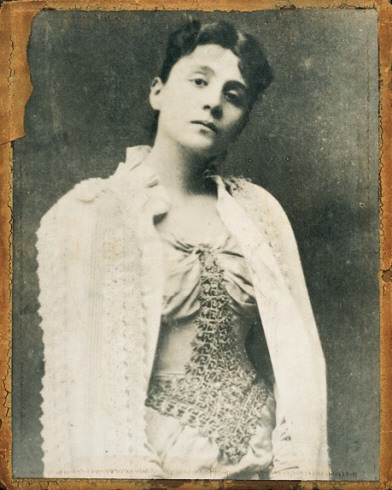
La Duse
Solomon R. Guggenheim Foundation, New York
Cornell worked various jobs to support his family, first selling textiles and appliances before getting a job designing textiles. In the 1940s, Cornell did some graphic design work, creating the covers of Harper’s Bazaar and View, among other magazines. Cornell had to reserve his evenings to works on his assemblages, put together with objects that he found in his spare time. It was not until 1948, that Cornell had his first solo show, and his boxes began to sell. As Cornell became a more acknowledged artist he started working with filmmakers, such as Stan Brakhage and Larry Jordan, making short, silent films that referenced his assemblages.
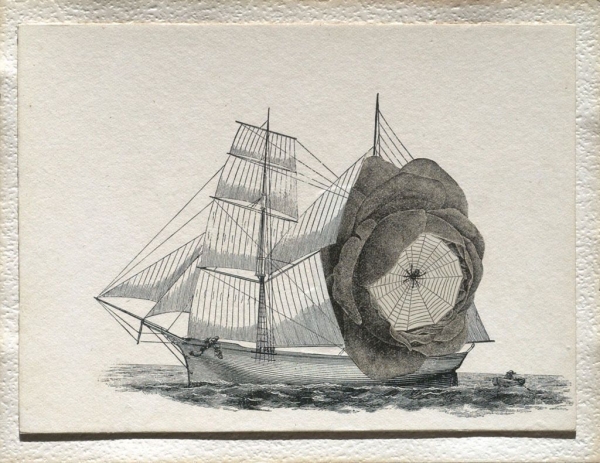
1931 Collage of photomechanical reproductions on paperboard mounted to paperboard 4 1/4 x 5 13/16 in. (10.8 x 14.7 cm)

(CA. 1957-1959) Gesso, oil, photomechanical reproductions, sand, mirror glass, drinking glass, and nails in glass-faced wood box 10 7/8 X 8 X 3 1/2 IN. (27.6 X 20.3 X 8.9 CM.)

(1955-1957) Painted wood, printed papers, glasses, marbles, cork, metal rings, ink wash, and pencil in glass-faced wood box 13 1/4 X 19 3/4 X 4 3/8 IN. (33.8 X 50.2 X 11.2 CM.)
While Cornell’s reputation as an artist grew, he remained reclusive and loyal to taking care of his brother. At certain points he hired young artists help him with his assemblages, while he focused on making collages and films. Cornell rarely showed his films in public after a confrontation with Salvador Dalí, who claimed Cornell was trying to steal his idea of combining film and collage. Cornell continued to make films, but concentrated on exhibiting his other work.

1955-57 Box construction 12 7/8 x 9 ½ x 4 in
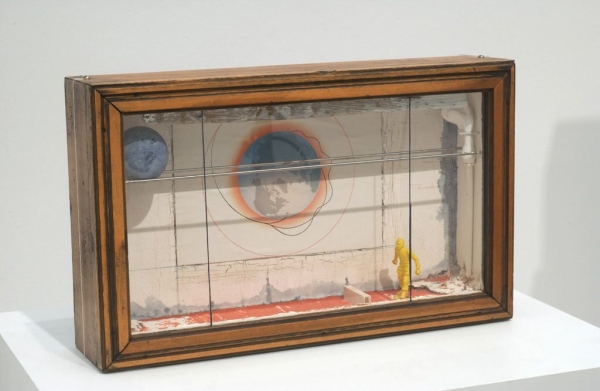
1950s Wood, paint, gesso, cork, ball, clay, pipe, plastic, paper, sand 10 x 16 ¼ x 3 7/8 in
Many of Cornell’s assemblages were meant to be interactive, containing nostalgic finding s from thrift stores, photos, household objects, etc. Cornell created his own library of images and information in the form of a “dossiers”, which he could draw from when he started new project. While Cornell had no formal art training he studied independently and appreciated the work of the Symbolists, Transcendentalists, Surrealists and Constructivists.
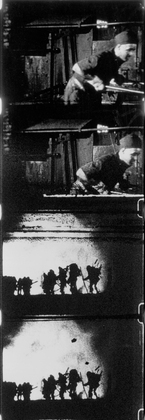
16mm print, color, silent, 9 min
Museum of Modern Art, New York

Late 1930s 16mm print, color, silent, 11 min
Museum of Modern Art, New York
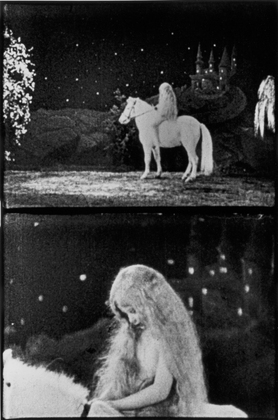
1938 16mm print, 4 min silent film
Museum of Modern Art, New York
After Cornell’s death his assemblages, dossiers, collages and films became a part of major museum collections in his home city of New York and around the world. Cornell’s work continues to inspire artists and filmmakers working today. Do you think you own a piece by Joseph Cornell? Contact us. We are the experts on Joseph Cornell.
Reviews
1,217 global ratings
5 Star
4 Star
3 Star
2 Star
1 Star
Your evaluation is very important to us. Thank you.
